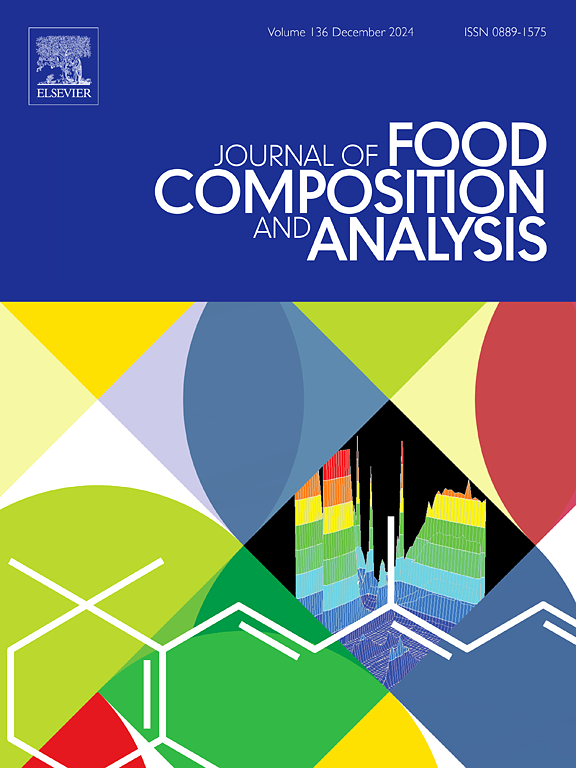An updated picture of the food supply in Spain using the branded food composition database TABULA™
IF 4
2区 农林科学
Q2 CHEMISTRY, APPLIED
引用次数: 0
Abstract
Food reformulation strategies can contribute to the promotion of better food environments and healthier dietary choices. Such strategies involve modifying the processing methods and/or the composition of food and beverage products to improve their nutritional profile or to reduce their content of ingredients or nutrients of health concern. TABULA™ is a new branded food composition database created with the aim of being periodically updated to reflect the Spanish food landscape. Based on the first version of the TABULA™ dataset, we provide a descriptive analysis of the composition of n = 6500 pre-packaged branded food and beverages marketed in Spain between January 2022 and November 2023. Information was collected from the package labelling of food and beverage products of manufacturer and distributor brands available through major retailer online shopping platforms. Products were categorized as defined in the World Health Organization 2023 nutrient profile model for the European Region. Analysis was performed for nutrients of mandatory declaration. For most categories, median content of the nutrients targeted for reformulation (namely sugars, salt, and saturated fats) was below the high-content thresholds defined by the Spanish Agency for Food Safety and Nutrition (AESAN). Due to their concurrent high contents of sugar and saturated fats as per the AESAN thresholds, “chocolate and sugar confectionery, energy bars, sweet toppings and desserts” and “edible ices” emerged as categories with a less favourable nutritional profile. We conclude that it is essential to monitor the nutritional quality and consumption of marketed food products to ensure the success of reformulation policies aimed at improving public health. The dynamic nature of food markets, characterized by frequent product introductions and discontinuations, highlights the need for branded food composition databases like TABULA™, which are helpful tools for monitoring product reformulation.
求助全文
约1分钟内获得全文
求助全文
来源期刊

Journal of Food Composition and Analysis
工程技术-食品科技
CiteScore
6.20
自引率
11.60%
发文量
601
审稿时长
53 days
期刊介绍:
The Journal of Food Composition and Analysis publishes manuscripts on scientific aspects of data on the chemical composition of human foods, with particular emphasis on actual data on composition of foods; analytical methods; studies on the manipulation, storage, distribution and use of food composition data; and studies on the statistics, use and distribution of such data and data systems. The Journal''s basis is nutrient composition, with increasing emphasis on bioactive non-nutrient and anti-nutrient components. Papers must provide sufficient description of the food samples, analytical methods, quality control procedures and statistical treatments of the data to permit the end users of the food composition data to evaluate the appropriateness of such data in their projects.
The Journal does not publish papers on: microbiological compounds; sensory quality; aromatics/volatiles in food and wine; essential oils; organoleptic characteristics of food; physical properties; or clinical papers and pharmacology-related papers.
 求助内容:
求助内容: 应助结果提醒方式:
应助结果提醒方式:


